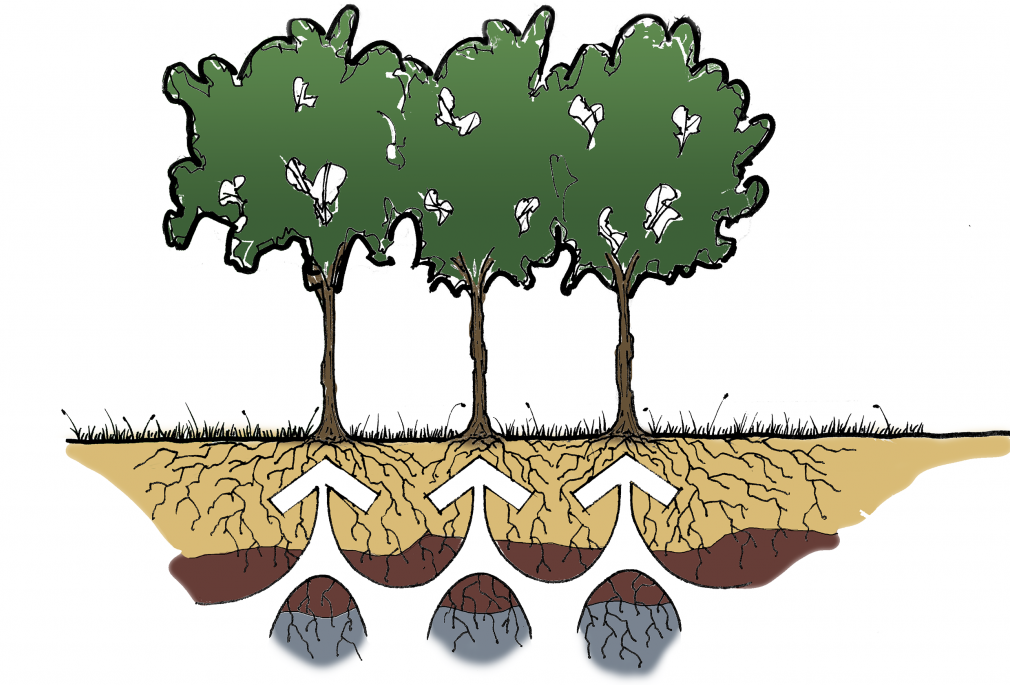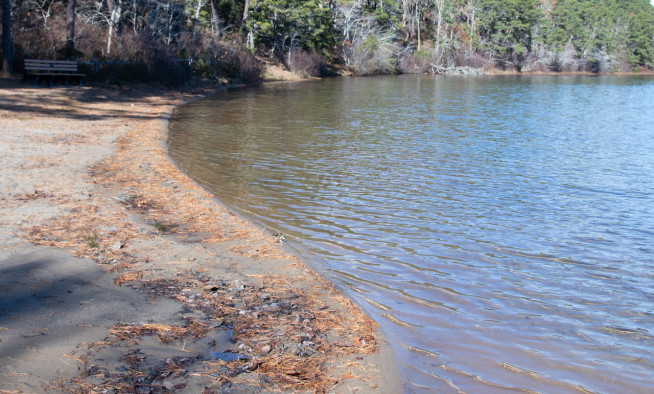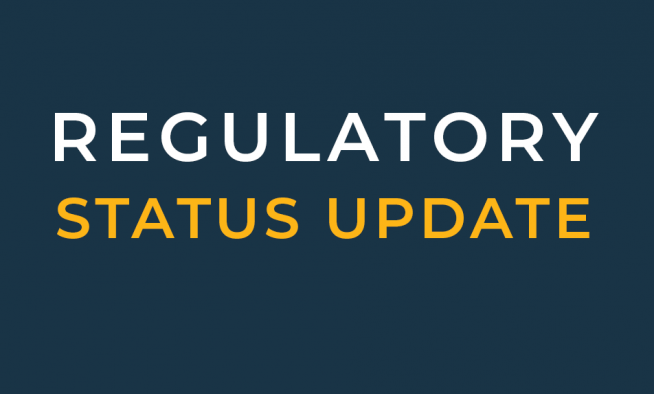Stormwater Updates to the Technologies Matrix

The Cape Cod Commission’s Technologies Matrix is a single source of the most up to date information on nutrient management technologies. It serves as a planning and evaluation tool for town staff, consultants, and experts; and an informational tool for interested stakeholders and the public. The Matrix was originally published in 2015 after two years of research by Cape Cod Commission staff and private consultants, review by a panel of experts, and vetting by State, Federal, and other stakeholders.
A recommendation of the Commission’s 208 Plan is to regularly revisit and update the Matrix to ensure that it incorporates the best available data and reflects the most current scientific understanding of the technologies being considered.
The 2020 update to the Technologies Matrix incorporates new information regarding the performance of stormwater technologies. These updates will help practitioners choose stormwater control measures by providing information on the expected range of nitrogen and/or phosphorus removal. Design choices are included to help optimize stormwater management approaches already selected for other reasons or purposes.
Stormwater control measures are unique in that they may be influenced by factors other than nitrogen removal potential. Stormwater projects may be compelled by permit requirements, subject to specific space constraints, or included as an element of a larger project such as streetscape improvements.
The stormwater management technologies presented in the Matrix represent a spectrum of approaches. For most technologies, various design modifications can be made to optimize performance specific to location and runoff composition. Where sufficient data was available, specific design modifications have been given their own entry in the Matrix with corresponding performance information.
Some examples of the revisions made to the stormwater section of the Technologies Matrix include the addition of two technologies (wet ponds and tree box filters), separation of phytobuffers into two classes (inner coastal phytobuffers and tidally influenced phytobuffers), updates to nutrient removal rates for vegetated swales, and adjustment of the average daily flow for stormwater technologies to correspond with the annual average daily volume of runoff generated by one acre of impervious cover in Barnstable County that can be treated by a stormwater technology. The update process also identified stormwater infiltration systems as an area for future study, as they are prevalent on Cape Cod and information on their ability to remove nutrients is currently limited.
The Technologies Matrix summarizes information that can help Cape Cod communities evaluate various nutrient mitigation strategies to address their water quality issues and inform adaptive management. The Matrix should be used as an educational and planning tool to understand the benefits, design requirements, and regulatory considerations of nutrient mitigation technologies.
Related Posts




